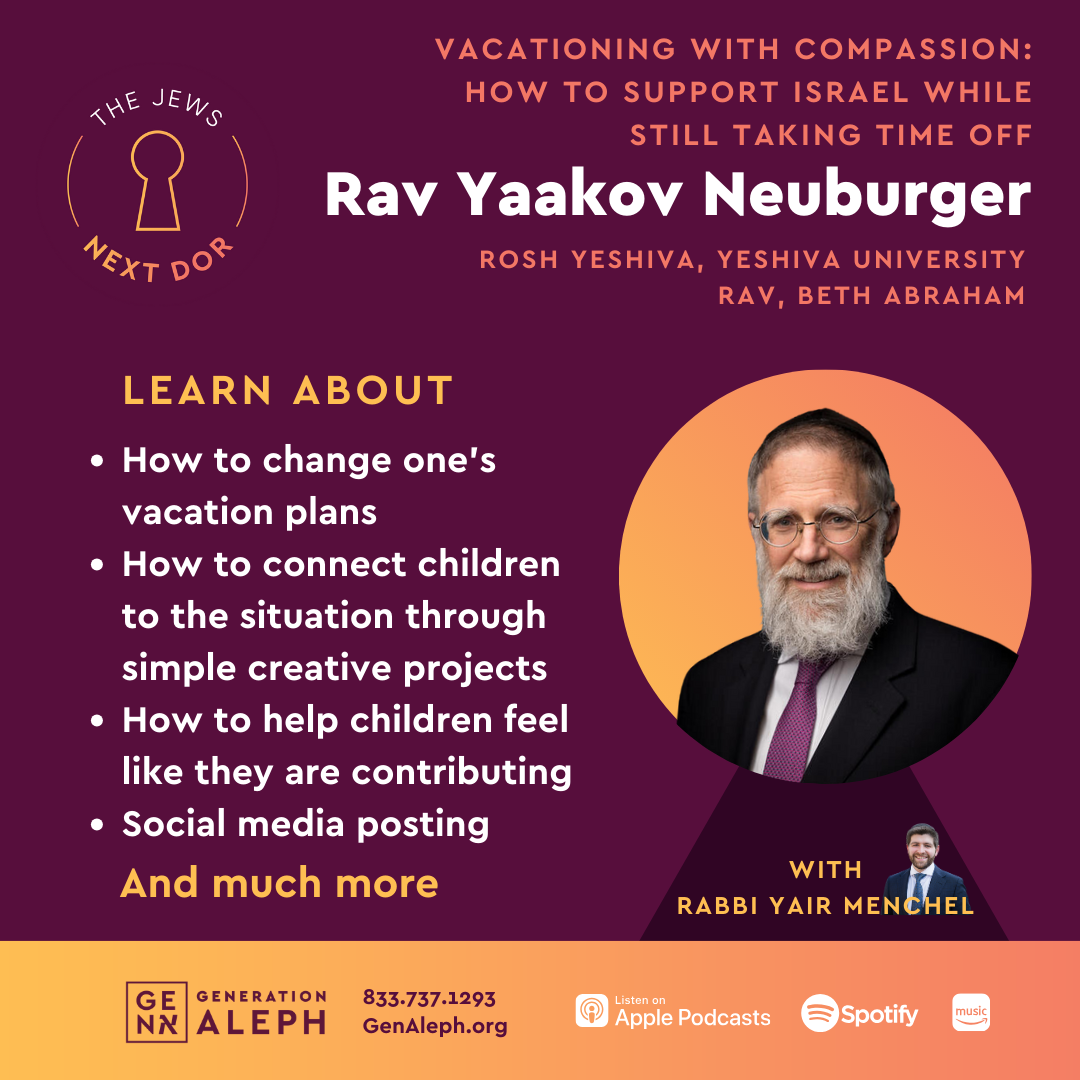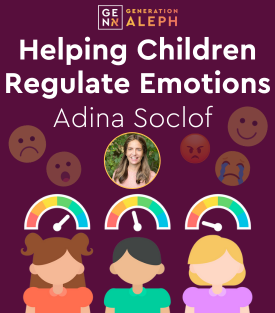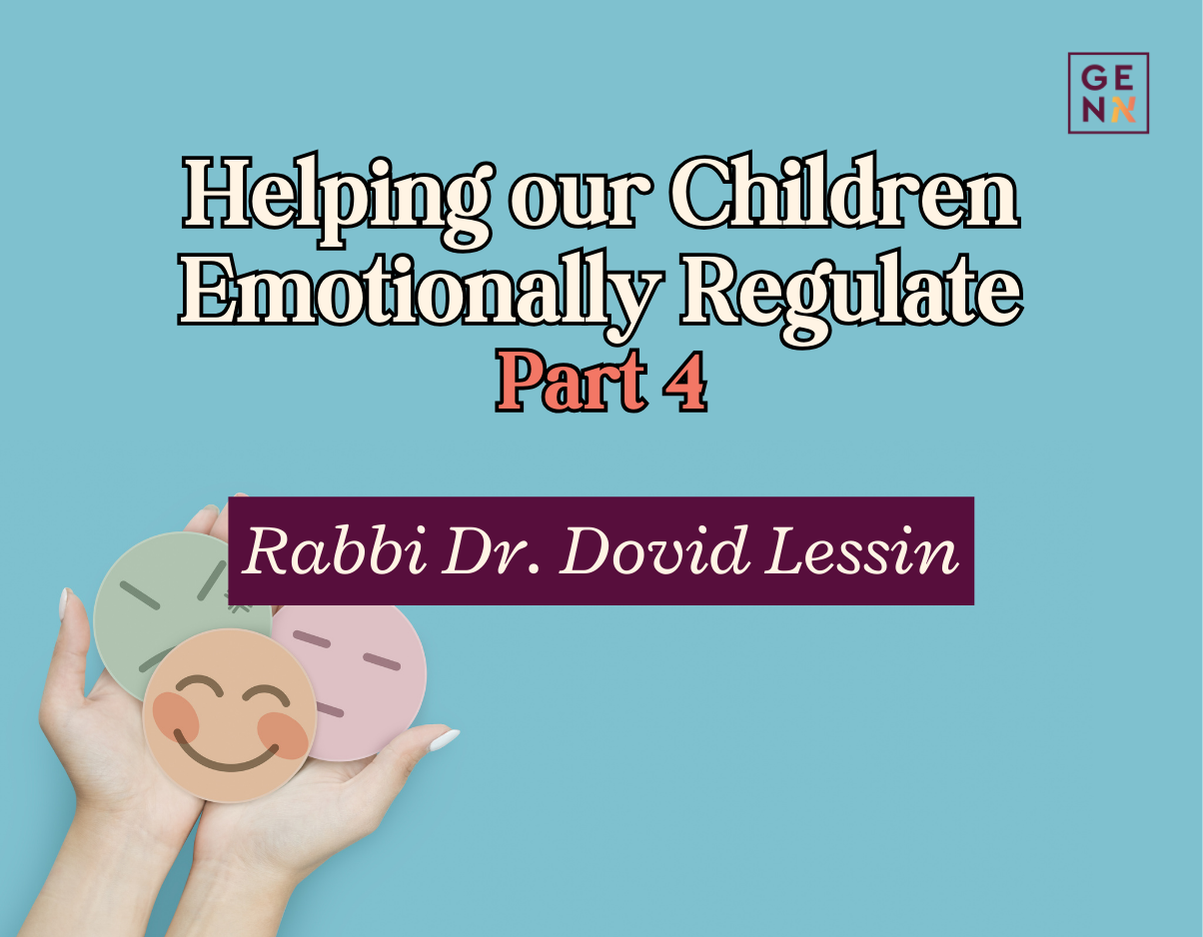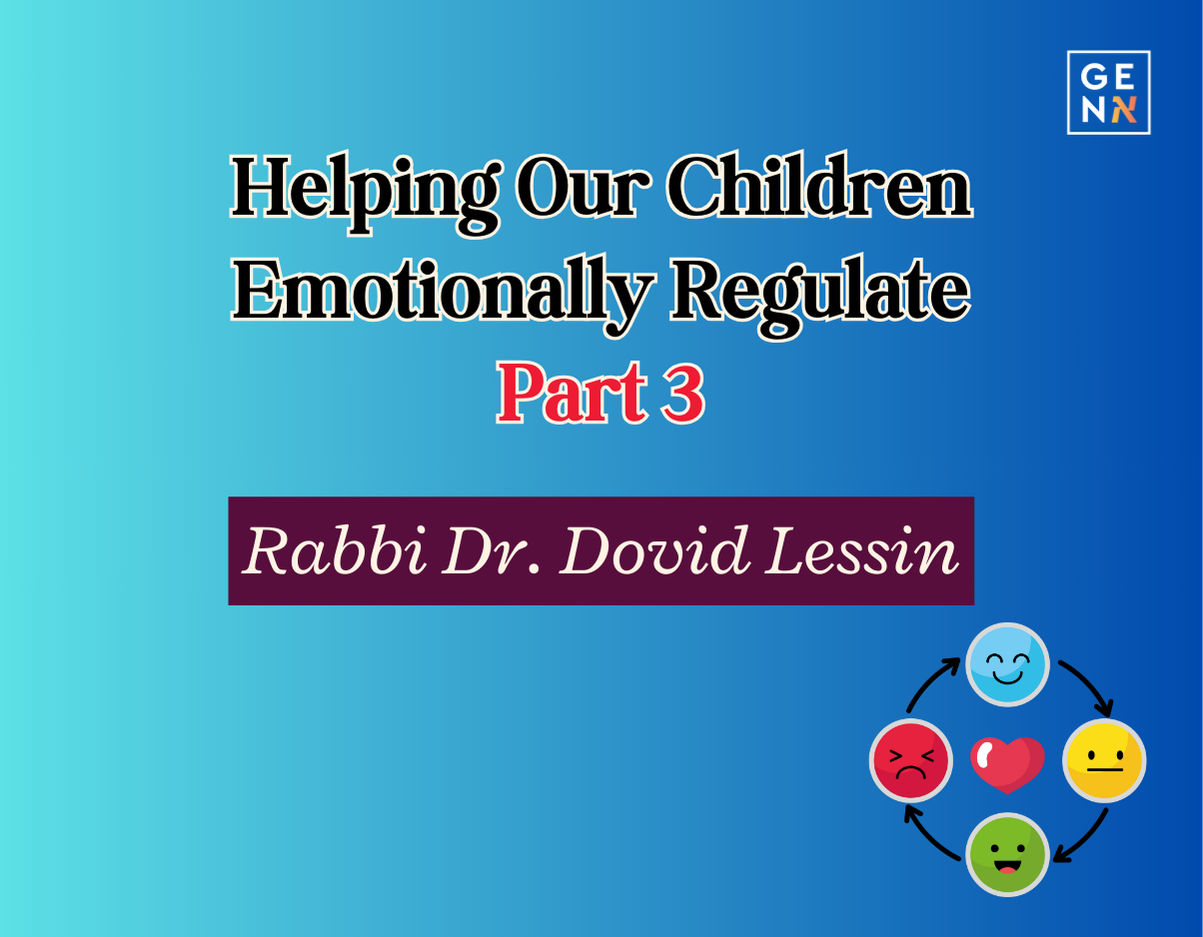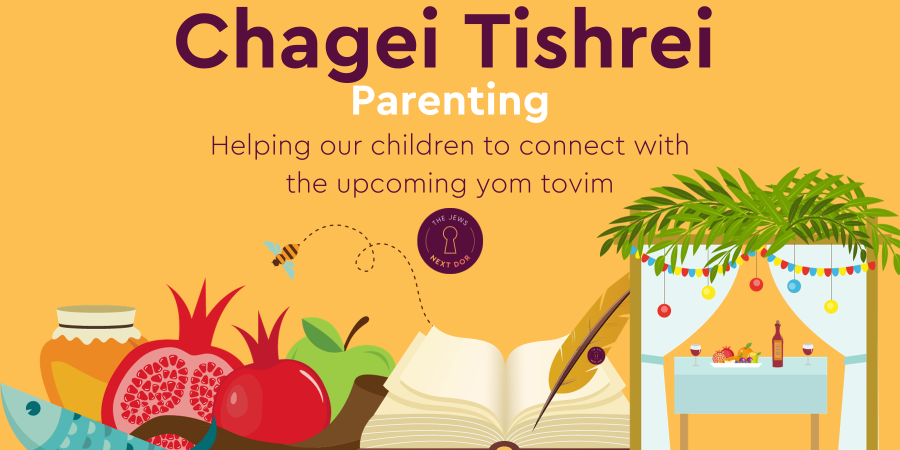“My kid is always flying off the handle about the silliest things!”
“Is it normal for my pre-teen to be slamming doors in the house when she’s mad?”
“Everything I say to my son makes him roll his eyes and stomp off in a huff!”
Does this sound like your child? When kid’s tempers flare it can be rough on the family. Here are 9 ways to teach your child to manage their anger:
- It’s okay to be mad:
It’s hard to see our kids angry, however it is a normal part of development. Toddlers are known for their temper tantrums. This is because their body can’t handle all the frustrations they feel and they fall apart. What is lesser known is that is exactly what happens to older kids and adults as well.
- What is anger really all about?
Anger is really just a signal. It is often a mask for an underlying feeling of frustration, disappointment, helplessness, vulnerability, embarrassment, or even sadness. We can look at anger as a cue to check ourselves and take a deep dive into our own emotions and then it will be easier for us to help our kids.
- It’s not what it seems:
Often it seems as if our kids are getting angry over the silliest things, because that is just the straw that broke the camel’s back.
When they get angry because you didn’t make their favorite dinner- they may be feeding on their feelings of embarrassment because they fumbled the ball at their recess football game.
They may cry bitterly over their broken toy at home because they are disappointed that they didn’t get a turn to present their project at school.
If your child is hungry or tired, then it feels even more unbearable. That just adds more fuel to the fire.
Once we understand that anger is just a cover for valid feelings, we can then figure out what our kids are trying to tell us with their angry outbursts.
- Listen and Reflect:
The worst thing you can do when your kid is expressing anger is to respond in kind. That just escalates everyone’s feelings. We need to counter with calm (easier said than done!). We want to reflect their feelings:
“You seem really angry about this…”
“Wow, I didn’t realize that was going to upset you so much…”
“You seem really overwhelmed…”
Just this alone can be calming for children. It also teaches them how to name their inner turmoil. This plants the seeds for emotional literacy and intelligence.
- Give me a break:
If your child’s anger seems like it’s too much to handle (your allowed to have tough days too!) don’t hesitate to call for a time out:
“Listen, I see you are really mad and I am getting upset too. Can we take a break, cool off and talk about this a little later?”
- Look at ourselves:
I hate to say this but if your child is getting mad often and acting inappropriately, we need to first look at ourselves. How do we act when we get angry? Are we managing our anger appropriately?
If this is the case then we use the “talk out loud” technique to role model calm:
“Oh boy, I am getting really upset. My computer is not doing what it’s supposed to do! I am going to step away for a few minutes and calm down and then come back to it. If it doesn’t work, I’ll call my friend who knows everything about computers.”
“This feels like too much for me right now. I feel myself getting angry. I am going to splash some cold water on my face and take a little walk. That should do the trick!”
- Teach kids to cope:
If your child is constantly getting angry, it might mean it’s time to sit them down and explicitly teach them some coping skills.
It’s hard for children to listen to parents even well-meaning advice. It can make them even madder, rolling their eyes and walking out on you in a huff. To counter that response, it’s helpful to buffer our lessons with phrases like:
“I’ve been noticing you’ve been angry lately. Do you want to hear what some other kids do?”
“I am not sure you will agree with me…I’ve been noticing that you’ve been getting really angry lately slamming doors and stuff…Do you want to hear some better ways to deal?”
“There’s some things that I do when I’m mad that might help…want to hear?”
- Anger management skills:
The are some super simple anger management techniques that really work for kids:
Listening to music
Reading
Going to a quiet room
Washing their face
Getting a cold drink
Counting to ten
Exercising:
- Taking a walk
- Running in place
- Jumping on a trampoline
Every child is different and they should be encouraged to find the technique that works for them.
- Teach kids to express their feelings appropriately:
A healthy way for both adults and kids to understand their emotions and then process and express them is to use “I” statements. It is a mature and responsible way to communicate needs without anger. “I” statements are valuable because people are more likely to be heard and understood by others. It’s an excellent way to relieve frustration
The basic formula for an “I” statement is:
I feel…
Because…
I need…
Parents can say:
“I feel frustrated because children are still playing and it’s time for dinner. I need everyone at the table.”
“I feel upset because the family room is messy. I need help cleaning it up.
For kids it can sound like this:
“I feel mad because there’s no more pasta. I need something else to eat.”
“I feel sad because Grandma couldn’t come over to play today. Can I talk to her on the phone?”
“I feel frustrated because I can’t find my toy. Can you help me?”
This can be taught to children explicitly or through role modeling.
It’s hard to see our children express anger. However, with a little coaching they can manage their anger in healthy ways.
Submit your questions
"*" indicates required fields

